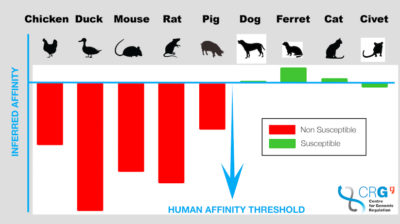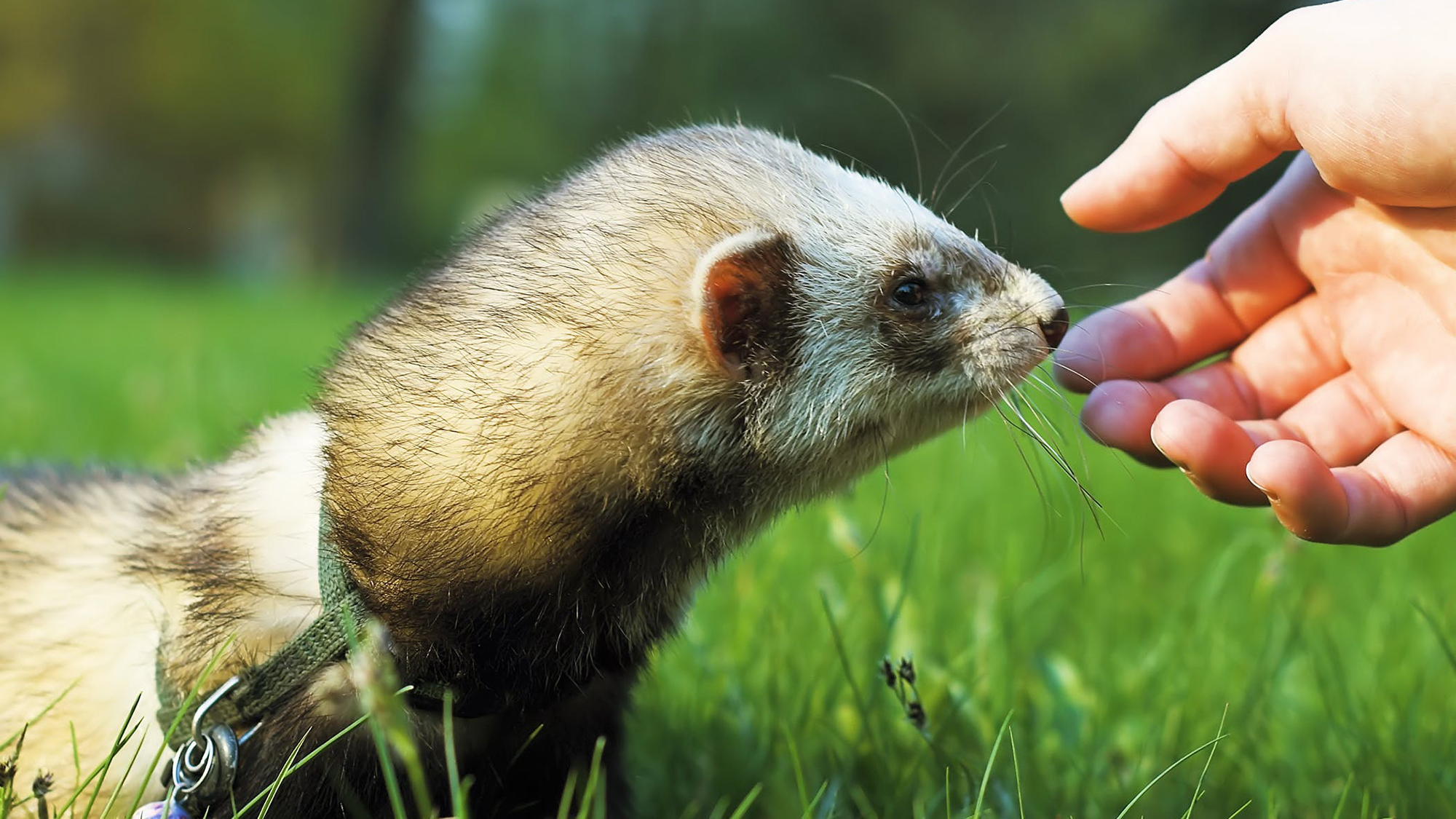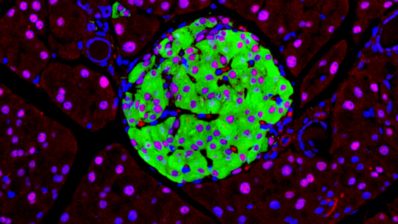A recent study by the Centre for Genomic Regulation (CRG) has analyzed through computational methods, the susceptibility of ten animal species to the contraction of COVID-19.
In addition to humans, ferrets, cats, civets, and dogs are the species most likely to get sick from a SARS-CoV-2 infection, while rats, mice, ducks, pigs, and chickens have almost zero risk.

These results have been obtained from the analysis of two key factors for the development of the infection:
- The ACE2 cell receptor variant: it is the entry point of the virus into the cell. The higher the affinity of the receptor for the protein on the surface of the virus, the greater the probability that it will enter cells.
- Codon adaptation index: it is the ability of the virus to control the cellular machinery in its favor. The more efficient the process, the more viral proteins can be created and therefore, the greater the susceptibility to the development of an infection.
“Knowing which animals are susceptible to SARS-CoV-2 helps us prevent building up animal reservoirs from which the coronavirus can re-emerge at a later date”
Luis Serrano, leader of the study and CRG director.
The study has thus contributed to improving the information on sanitary measures related to contact with animals for the prevention of SARS-CoV-2 infection.
Delgado Blanco J, Hernandez-Alias X, Cianferoni D, Serrano L (2020) In silico mutagenesis of human ACE2 with S protein and translational efficiency explain SARS-CoV-2 infectivity in different species. PLoS Comput Biol 16(12): e1008450.






